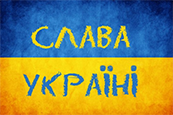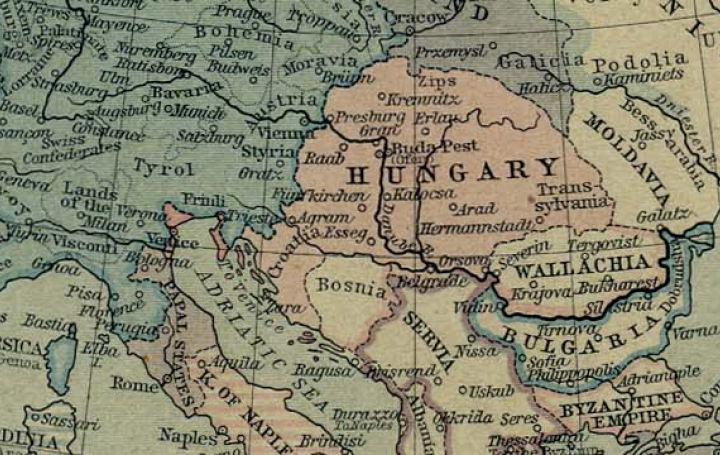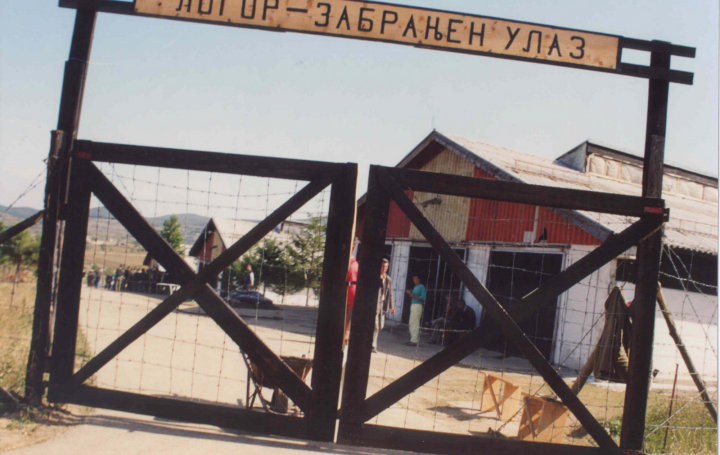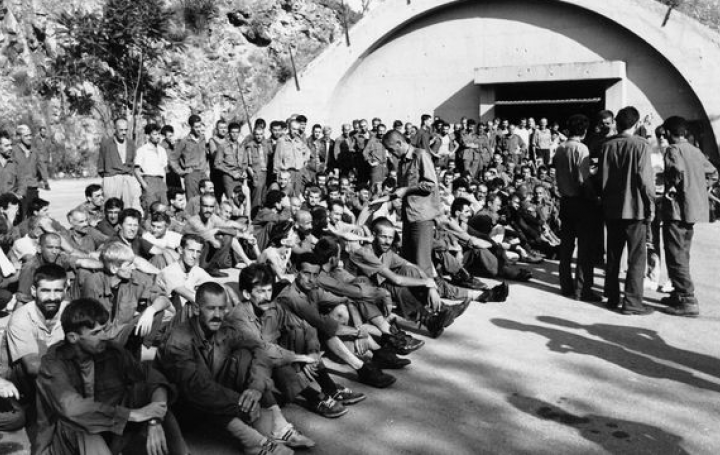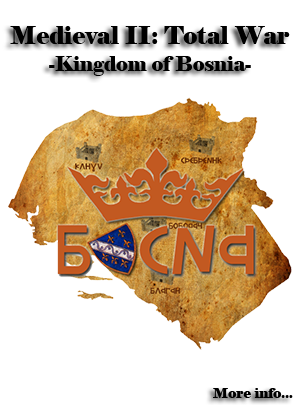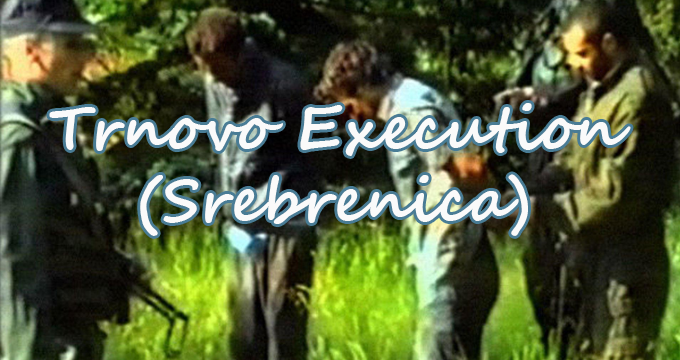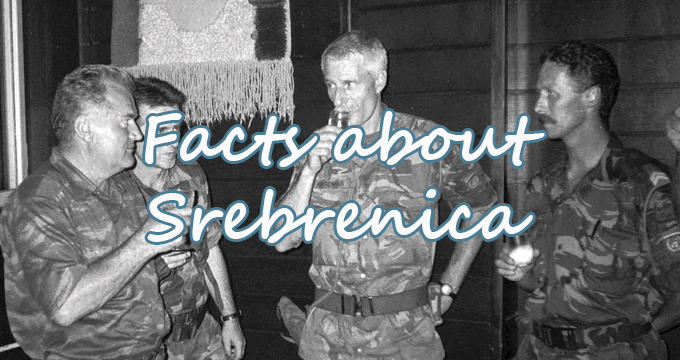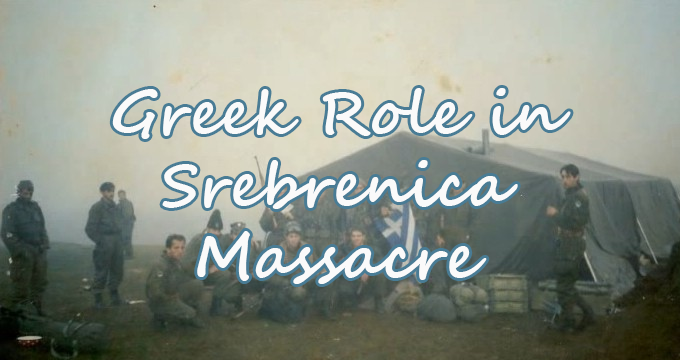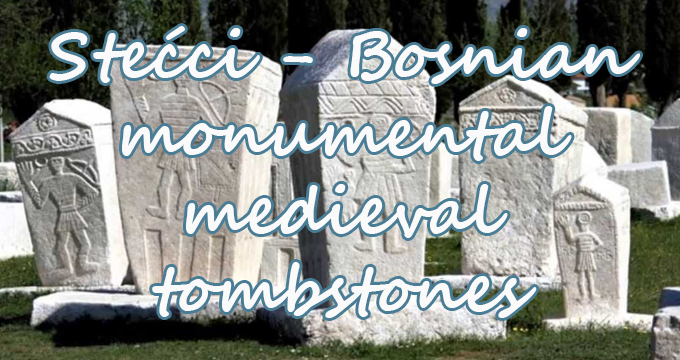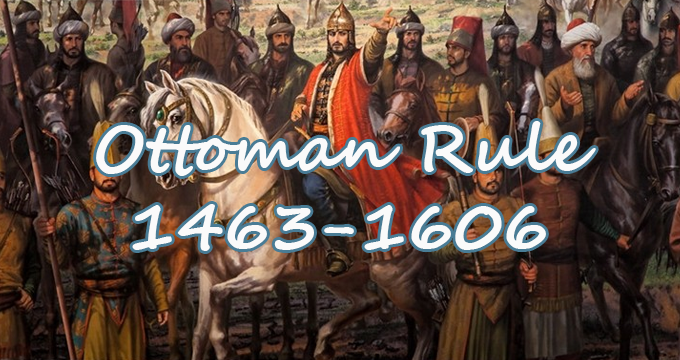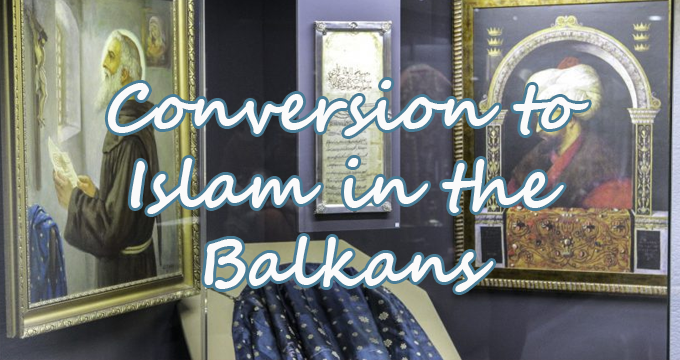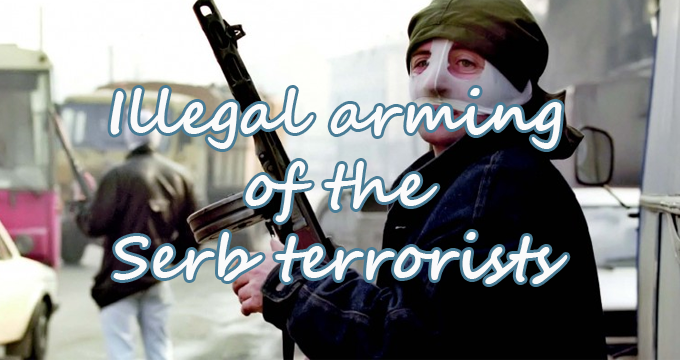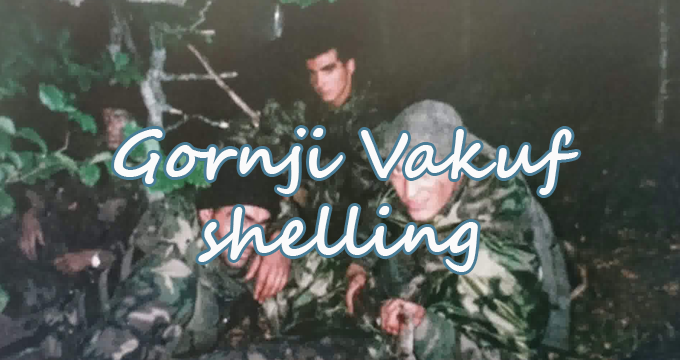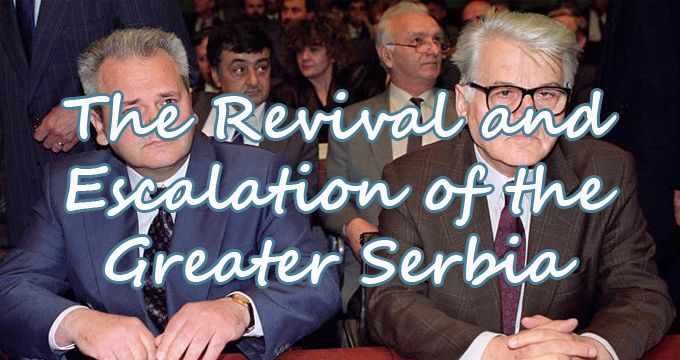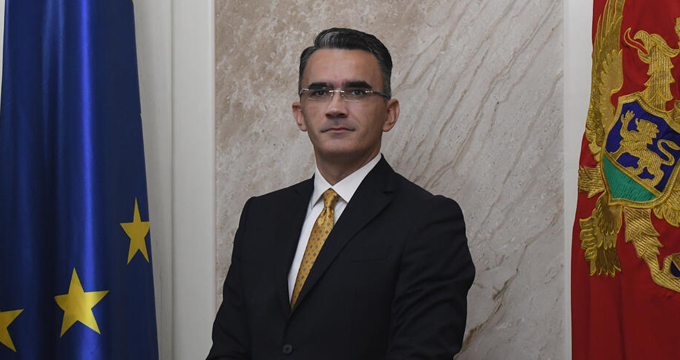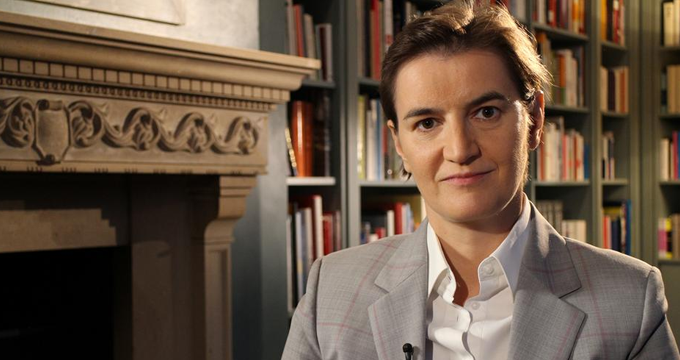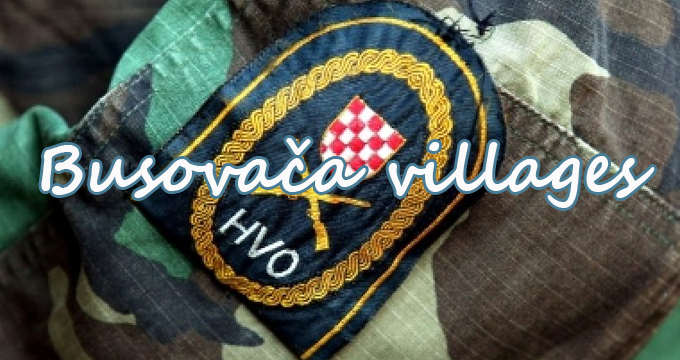The villages of Lončari, Merdani and Putiš are in the area to the east of Ahmići and north of Busovača. After the attacks on the villages in January 1993, a significant number of the civilian population went to Zenica but, over the weeks and months that followed, many of them moved back. The villages were then attacked by the HVO in April. The nearby village of Putiš had been attacked on April 15. In the afternoon of April 16, 1993 masked Croat soldiers attacked the village of Očehnići by firing incendiary bullets into the houses. Within half an hour all the Bosniak houses were burning. The villagers were unarmed and did not put up any resistance. According to witnesses, Paško Ljubičić, later accused of war crimes by ICTY, was the leader of the unit that had attacked the village and that he had been ordered to do so by brigadier Duško Grubešić, commander of the Zrinski Brigade of HVO, to cleanse Muslims from the area. Around twenty men from Loncari were detained and taken to Kaonik on April 16, 1993. Upon arrival they were lined up and their valuables were stolen by HVO soldiers.[35]
References:
1. "ICTY: Kordic and Cerkez verdict - C. The April 1993 Conflagration in Vitez and the Lašva Valley - 6. The Attacks on Villages near Busovaca". [35]

